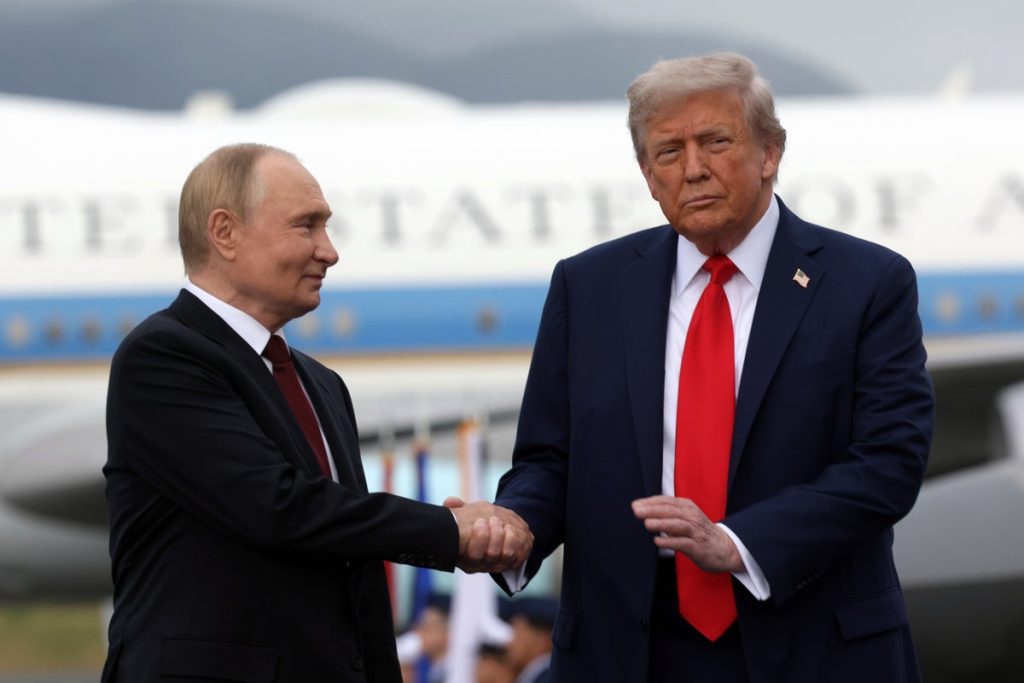Rising Tensions in Eastern Europe: The Polish Airspace Incident and its Implications for NATO
Introduction to the Incident
Recently, a significant incident unfolded in Eastern Europe involving the incursion of Russian drones into Polish airspace. This event has raised alarms regarding the security dynamics in the region and sparked discussions among NATO allies about the implications for collective defense.
Polish Military Response
Polish defense mechanisms were swiftly activated when it was reported that 19 unidentified aerial objects, including drones from Belarus, had breached Polish airspace. This prompted immediate reactions from both Polish air defenses and NATO aircraft, ensuring that military readiness was on full display. Polish Prime Minister Donald Tusk confirmed that no injuries were reported as a result of these incursions.
Official Stances: Poland and NATO’s Response
Polish President Karol Nawrocki characterized the drone activity as a “provocation” aimed at testing Poland’s military capabilities. He expressed confidence in the nation’s defense systems, emphasizing that the incident would not deter Poland’s commitment to support Ukraine against aggression. Meanwhile, Defence Minister Wladyslaw Kosiniak-Kamysz highlighted that the logistical support provided by Poland to Ukraine—primarily through transit routes—may have motivated the drone incursions. He articulated this as an attempt to weaken NATO’s resolve and Poland’s readiness to continue aiding Ukraine.
Germany’s Diplomatic Actions
In light of the events, the German foreign ministry took a diplomatic step by summoning the Russian ambassador to discuss the implications of the drone flights. This action underscores the seriousness with which Germany, a key NATO ally, views the violation of Polish airspace, further reinforcing the alliance’s commitment to collective defense.
The Kremlin’s Reaction
In response to these developments, the Kremlin denied responsibility for the drone incursions, dismissing allegations as unfounded. Russian officials tend to view such actions as misunderstandings, keeping their options open while further complicating the diplomatic landscape.
Broader Military Drills and NATO Readiness
Adding another layer to the situation, Russia and Belarus initiated military drills near the Polish border, named “Zapad 2025,” which further heightened tensions. These exercises, which are positioned as routine but strategic, directly border NATO member nations, raising questions about potential future incursions or aggressions.
International Responses
Global leaders, including U.S. President Donald Trump, have expressed frustration at the situation while grappling with the complexities of negotiating a peace that has thus far seemed elusive. Trump indicated that his patience with Putin was “running out fast,” highlighting feelings of urgency among Western leaders.
Sanctions and European Solidarity
In the wake of these incidents, European officials are contemplating a robust sanctions package against Russia. Danish Foreign Minister Lars Lokke Rasmussen stated during his visit to Kyiv that the EU must enact “as tough as possible” measures to counter Russian actions. Denmark’s role in pushing for strict sanctions reflects a move towards solidifying European unity in addressing threats originating from Russia.
Military Investments by Denmark
Denmark’s commitment to bolstering its national defense is evident in its recent announcement of a landmark $9 billion air defense system purchase. This acquisition aims to strengthen their military capabilities in light of the renewed threat perception following Russian provocations. Danish Prime Minister Mette Frederiksen has emphasized the urgency of preparing for potential future Russian advancements in Europe.
Conclusion
The situation in Eastern Europe remains fluid and tense, marked by nationalist posturing, military readiness on both sides of the border, and a geopolitical chess game featuring NATO and Russian interests. As diplomacy continues to unfold in this high-stakes environment, the collective response to these provocations will likely shape the future of European security for years to come.

